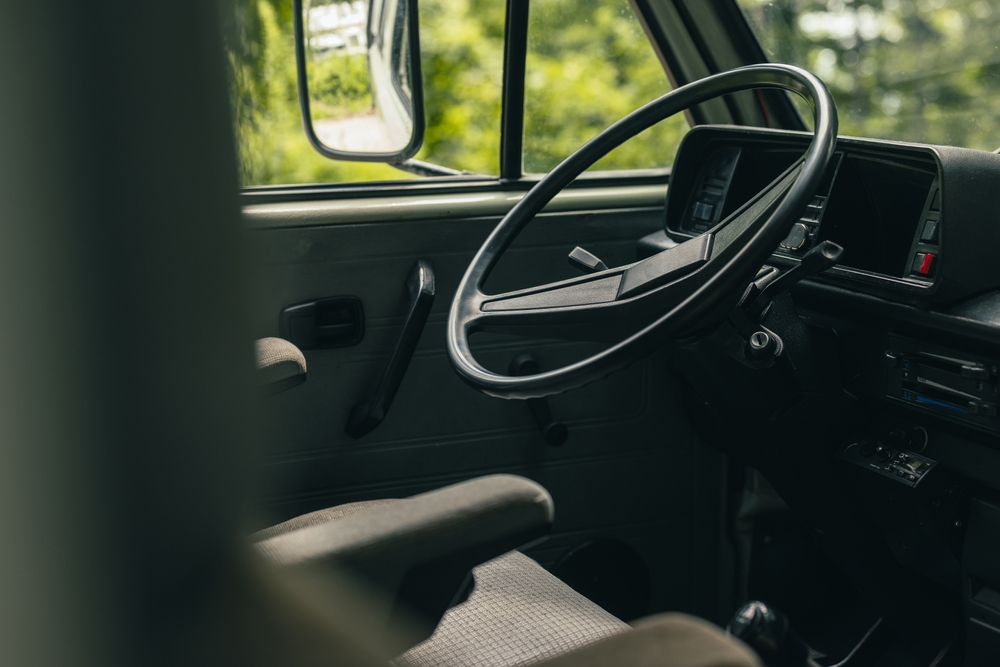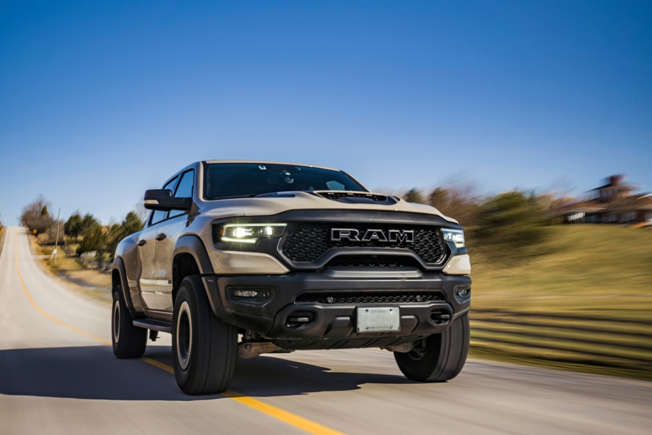Vintage vans hold undeniable charm, blending nostalgia with a sense of freedom and adventure. However, while they capture the aesthetics and simplicity of a bygone era, these classic vehicles often fall short of modern safety standards. Decades-old designs and materials, combined with limited safety technology, mean that vintage vans present serious risks on today’s roads. From rollover tendencies to minimal crash protection, these vehicles are more vulnerable to incidents that might not impact newer models as significantly. For those who love these retro rides, understanding their safety flaws is essential to keeping these classics on the road responsibly.
In addition to structural limitations, vintage vans lack many of the modern safety features we now take for granted, like anti-lock brakes and airbags. Visibility issues, limited braking performance, and outdated handling all demand careful driving and regular maintenance to ensure safety. While many enthusiasts consider upgrades to address these concerns, it’s important to know where these risks lie to make informed decisions. Knowing the biggest safety flaws can help vintage van owners make necessary modifications, turning their classic vehicles into safer, roadworthy icons.
Contents
Rollover Risk

Vintage vans often have a high center of gravity, which greatly increases the risk of rollovers. Designed primarily with utility in mind, these vans weren’t equipped to handle sudden maneuvers at high speeds, leading to instability. The boxy design and narrower frames also exacerbate this issue, making them prone to tipping, especially in sharp turns or high wind conditions. Without modern stability control systems, vintage vans demand careful handling on highways or uneven terrain. To mitigate rollover risks, installing suspension upgrades, improving tire quality, and adjusting driving techniques are essential.
Lack of Modern Safety Features

Vintage vans lack critical modern safety features such as airbags, electronic stability control, and anti-lock braking systems (ABS), which are standard in today’s vehicles. When these vans were manufactured, safety technology was relatively primitive, and features we consider essential today were either undeveloped or unaffordable. The absence of airbags alone makes the risk of severe injury in a crash much higher. Retrofitting vintage vans with some modern features is possible but can be costly and requires specialized skills, making safety enhancements essential for regular use.
Structural Integrity

In contrast to today’s reinforced structures, many vintage vans were built with minimal crash protection, emphasizing weight reduction and functionality over passenger safety. The frames and panels lack modern impact-absorbing crumple zones, leading to a higher chance of injury upon collision. The thin body panels provide little protection in the event of a side impact or rollover, potentially leading to severe injuries. Reinforcing the structure or adding roll cages can improve safety but requires careful engineering to ensure proper weight distribution and maintain the van’s integrity.
Braking Performance

Vintage van braking systems are outdated and often inadequate for the vehicle’s size and weight, relying heavily on drum brakes, which are less effective than modern disc brakes. These older systems can lead to longer stopping distances and are susceptible to overheating during prolonged use, reducing braking power. In emergency braking situations, a vintage van might fail to stop quickly, increasing the risk of collision. Upgrading to a modern braking system can significantly improve safety, but regular maintenance of existing brakes is crucial to avoid failure.
Visibility Issues

The design of many vintage vans often features small windows and thick A-pillars, which limit the driver’s visibility, especially in areas like blind spots and corners. Without modern rearview cameras or wide mirrors, these vans have significant visibility challenges, making lane changes and parking difficult. Poor visibility increases the likelihood of accidents, as drivers may struggle to see nearby vehicles or pedestrians. Installing larger side mirrors, adding backup cameras, or even adjusting seating height can help improve visibility in these older vehicles.
Handling and Control

Handling in vintage vans is often challenging due to primitive steering mechanisms and heavy, unbalanced frames. Many of these vans lack power steering or responsive suspension systems, which makes them difficult to control at higher speeds or on winding roads. This can lead to a delayed response in emergencies, increasing the risk of accidents. To improve handling, owners can consider upgrading to modern suspension and steering systems, which can vastly improve control and safety during driving.
Fire Hazard Risk

Many vintage vans have fuel systems that do not meet modern safety standards, which can increase the risk of fire in the event of a collision. The fuel tanks are sometimes located in vulnerable positions, and the lack of robust firewalls or fuel cut-off mechanisms exacerbates this risk. Additionally, aging wiring and fuel lines can become brittle, increasing the risk of leaks and electrical shorts. Regular inspections and updating fuel system components, including hoses and wiring, are vital steps to reduce fire hazards in vintage vans.
Seatbelt Limitations

Seatbelts in vintage vans, if they are even present, were often not designed with modern safety standards in mind. Many older vans lack shoulder belts in the front seats and often have lap belts in the rear, which offer less protection. This inadequate restraint system can lead to severe injuries in the event of a crash. Retrofitting these vans with modern three-point seatbelts or harnesses significantly improves occupant safety, but this modification requires professional installation for optimal effectiveness.
Rust and Corrosion Vulnerability

Vintage vans often suffer from rust and corrosion, which weakens the structure over time and can lead to dangerous breakdowns. Rust-prone areas, such as undercarriages and wheel wells, are particularly vulnerable and can lead to compromised structural integrity. Corroded parts like the frame, brake lines, and steering components are prone to sudden failure, potentially causing accidents. Frequent inspections, rust-proofing treatments, and part replacements are necessary to maintain the van’s safety and functionality over time.
Poor Crash Protection

Most vintage vans were not built with adequate crash protection, as the concept of crash testing was not as developed when these vehicles were designed. In collisions, these vans can suffer from significant crumpling, transferring impact forces to passengers and increasing the risk of injury. The lack of energy-absorbing materials and reinforced passenger compartments makes any collision more dangerous. For those who plan to use vintage vans regularly, adding roll cages or reinforcing key structural points can enhance safety.
This article originally appeared on MyCarMakesNoise.
More from MyCarMakesNoise
25 Classic Sports Cars That Didn’t Live Up to Expectations

Not every classic sports car lives up to the thrill it promises. While some vehicles are remembered for their speed and innovation, others look great but fall short when it comes to performance, handling, or reliability. Read More.
Top 16 High-Speed Commercial Vehicles You Can Actually Drive

If you think commercial vehicles are all about heavy loads and slow speeds, think again. Some of the latest models combine impressive speed with the practicality needed for work. Read More.
25 Best Off-Road Vehicles for Every Kind of Outdoor Adventure

When it comes to outdoor adventures, having the right off-road vehicle can make all the difference. Whether you’re navigating rugged mountains, desert trails, or muddy backroads, you need a vehicle built to handle the challenge. Read More.














